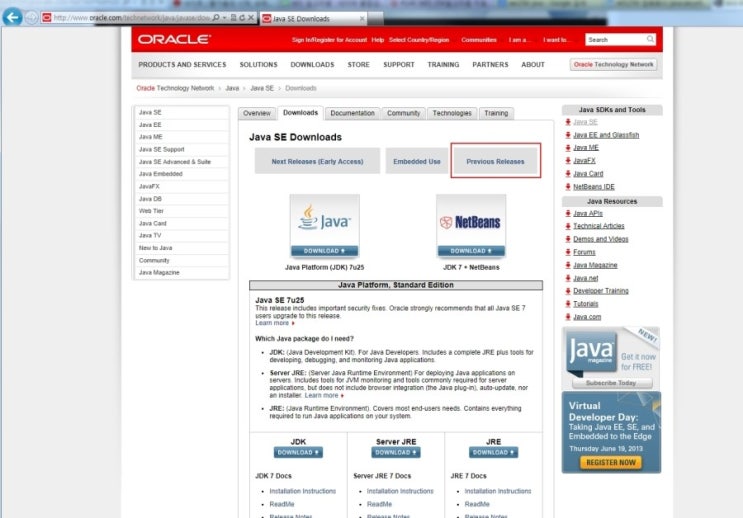Key Generator Aes 256 Java Illegal Key Size
AES encryption and decryption online tool for free.It is an aes calculator that performs aes encryption and decryption of image, text and.txt file in ECB and CBC mode with 128, 192,256 bit. The output can be base64 or Hex encoded. AESKeyGeneration.java generates the sysmetric key using AES algorithm. Key size assigned here is 128 bits. It works for key size of 192 and 256 bits also by adding secuirty related files to jre1.6.0libsecurity folder. Contribute to roneyvia/AES-Key-Generator-in-Java development by creating an account on GitHub. How to Encrypt and Decrypt Data In Java Using AES Algorithm AES (Advanced Encryption Standard) is a strong symmetric encryption algorithm. A secret key is used for the both encryption and decryption of data. Nov 19, 2018 AES (Advanced Encryption Standard) is a strong symmetric encryption algorithm. AES supports key lengths of 128, 192 and 256 bit.In this article, we will learn AES 256 Encryption and Decryption. AES uses the same secret key is used for the both encryption and decryption. Unlike AES 128 bit encryption and decryption, if we need a stronger AES 256 bit key, we need to have Java cryptography extension (JCE) unlimited strength jurisdiction policy files. Does it make an encrypted string more secure if I use SHA256(x) instead of x as the secret key for AES-128 encryption? I do know that SHA-256 produces 64 characters of hashed string regardless of what the input is. Will it still be accepted in AES as a key or it will cut it off to 32 characters?
By128 Bit Aes Key Generator
Lokesh Gupta Filed Under: Java SecurityLearn to use Java AES 256 bit encryption to create secure passwords, and decryption for password validation. To read simple AES encryption, read linked post.
1. AES – Advanced Encryption Standard
AES is a symmetric encryption algorithm. It was intended to be easy to implement in hardware and software, as well as in restricted environments and offer good defenses against various attack techniques.
AES is block cipher capable of handling 128 bit blocks, using keys sized at 128, 192, and 256 bits. Each cipher encrypts and decrypts data in blocks of 128 bits using cryptographic keys of 128-, 192- and 256-bits, respectively. It uses the same key for encrypting and decrypting, so the sender and the receiver must both know — and use — the same secret key.
In below encryption and decryption example, I have used base64 encoding in UTF-8 charset. It is done for displaying the output of program. If your application, you can store and validate the data in byte array format as well.
2. AES 256 Encryption
/myscript-notes-21-key-generator.html. Java program to encrypt a password (or any information) using AES 256 bits.
Do not forget to use same secret key and salt in encryption and decryption.
3. AES 256 Decryption

Java program to decrypt a password (or any information) using AES 256 bits.
4. Java AES 256 Example

Let’s test our AES256 encryption and decryption methods with a simple string.
Program output.
Clearly, we are able to use AES256 encryption to encrypt a string, and decryption to get back original string from encrypted string.
Happy Learning !!
Read More:
What is AES?
Java 256-bit AES Password-Based Encryption (6)
Consider using the Spring Security Crypto Module
The Spring Security Crypto module provides support for symmetric encryption, key generation, and password encoding. The code is distributed as part of the core module but has no dependencies on any other Spring Security (or Spring) code.
It's provides a simple abstraction for encryption and seems to match what's required here,
The 'standard' encryption method is 256-bit AES using PKCS #5's PBKDF2 (Password-Based Key Derivation Function #2). This method requires Java 6. The password used to generate the SecretKey should be kept in a secure place and not be shared. The salt is used to prevent dictionary attacks against the key in the event your encrypted data is compromised. A 16-byte random initialization vector is also applied so each encrypted message is unique.
A look at the internals reveals a structure similar to erickson's answer.
Key Generator Aes 256 Java Illegal Key Size Chart
As noted in the question, this also requires the Java Cryptography Extension (JCE) Unlimited Strength Jurisdiction Policy (else you'll encounter InvalidKeyException: Illegal Key Size). It's downloadable for Java 6, Java 7 and Java 8.
Example usage
And sample output,
I need to implement 256 bit AES encryption, but all the examples I have found online use a 'KeyGenerator' to generate a 256 bit key, but I would like to use my own passkey. How can I create my own key? I have tried padding it out to 256 bits, but then I get an error saying that the key is too long. I do have the unlimited jurisdiction patch installed, so thats not the problem :)
Ie. The KeyGenerator looks like this ..
EDIT
Aes 256 Encryption Key
I was actually padding the password out to 256 bytes, not bits, which is too long. The following is some code I am using now that I have some more experience with this.
The 'TODO' bits you need to do yourself :-)
Adding to @Wufoo's edits, the following version uses InputStreams rather than files to make working with a variety of files easier. It also stores the IV and Salt in the beginning of the file, making it so only the password needs to be tracked. Since the IV and Salt do not need to be secret, this makes life a little easier.